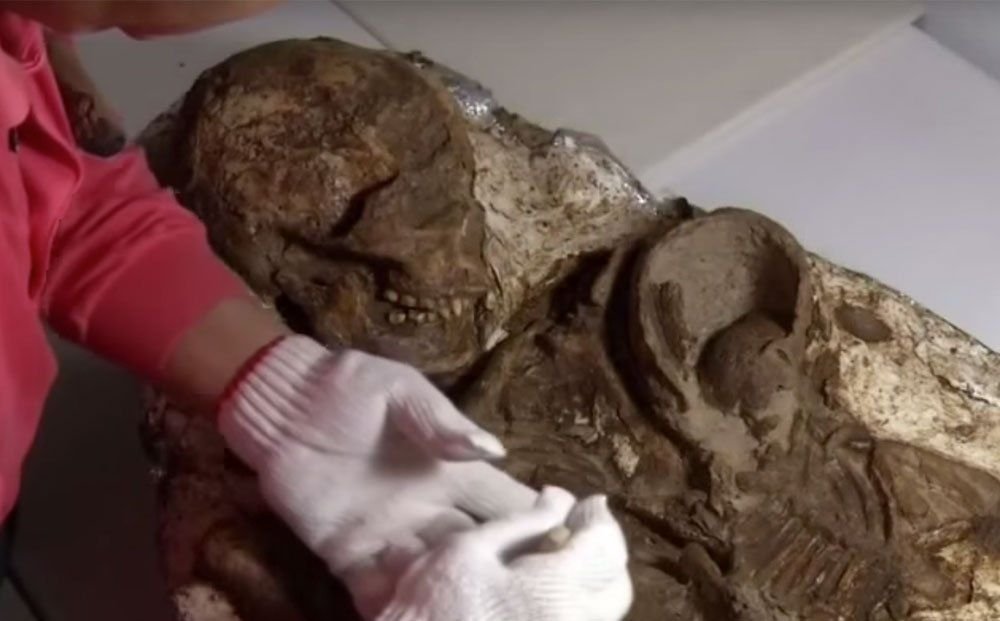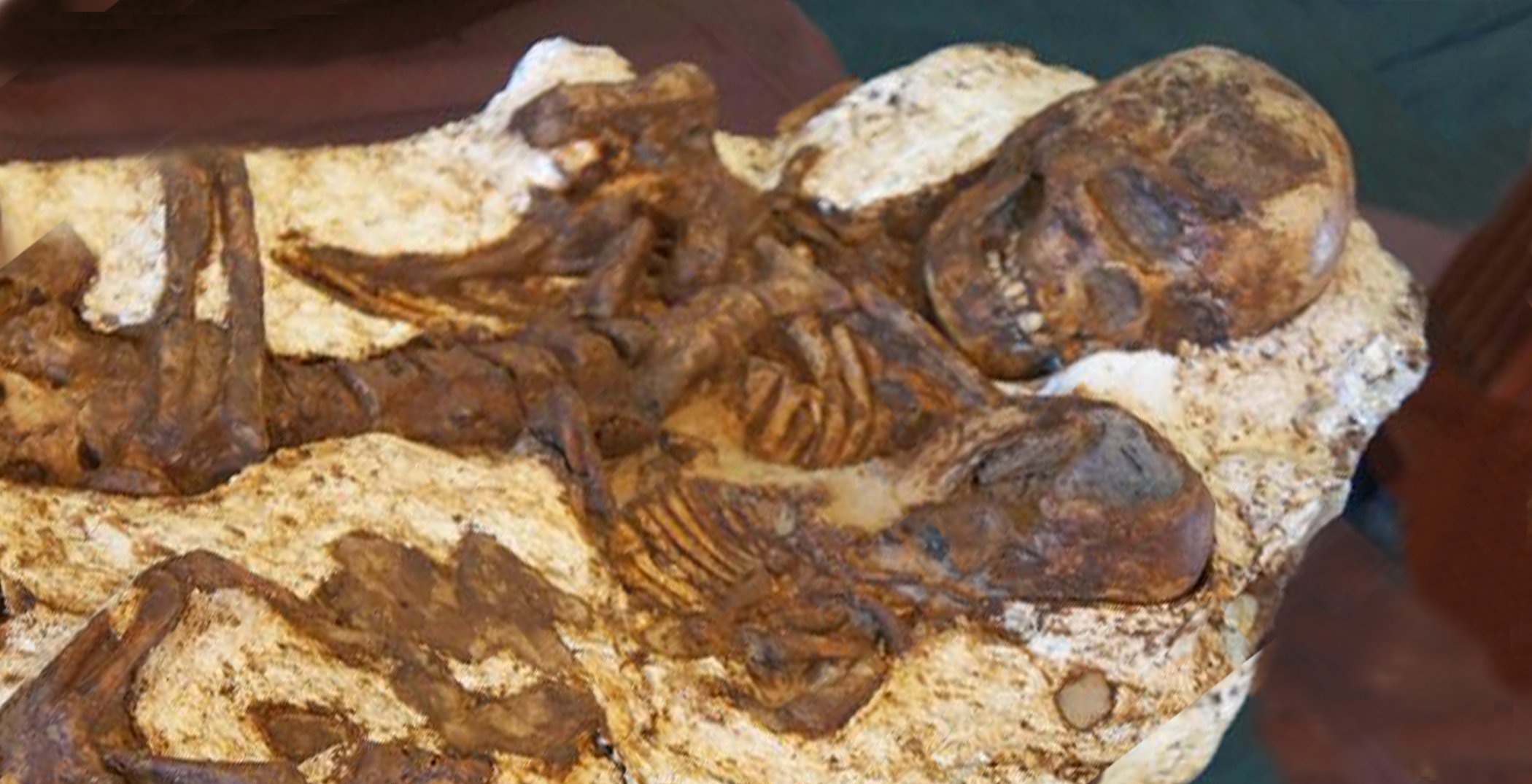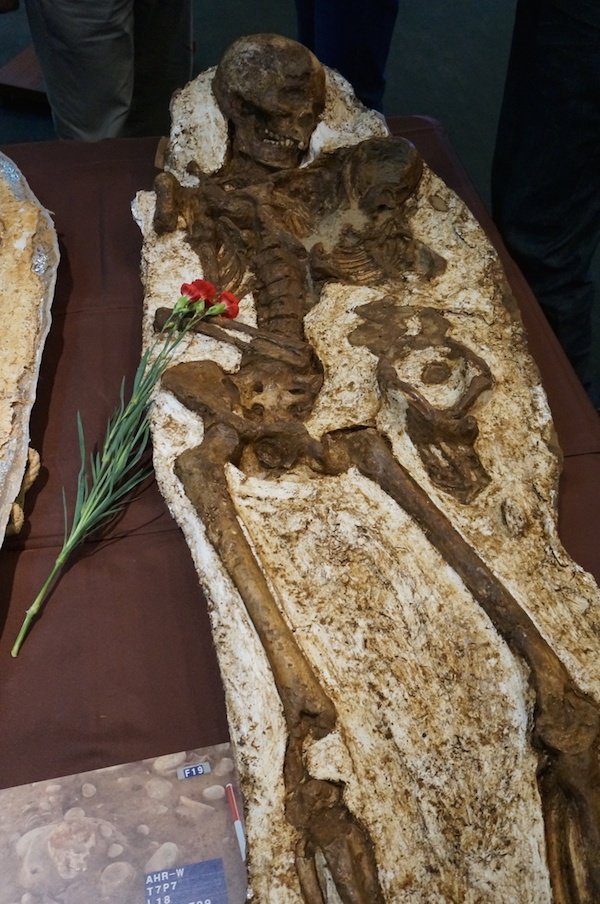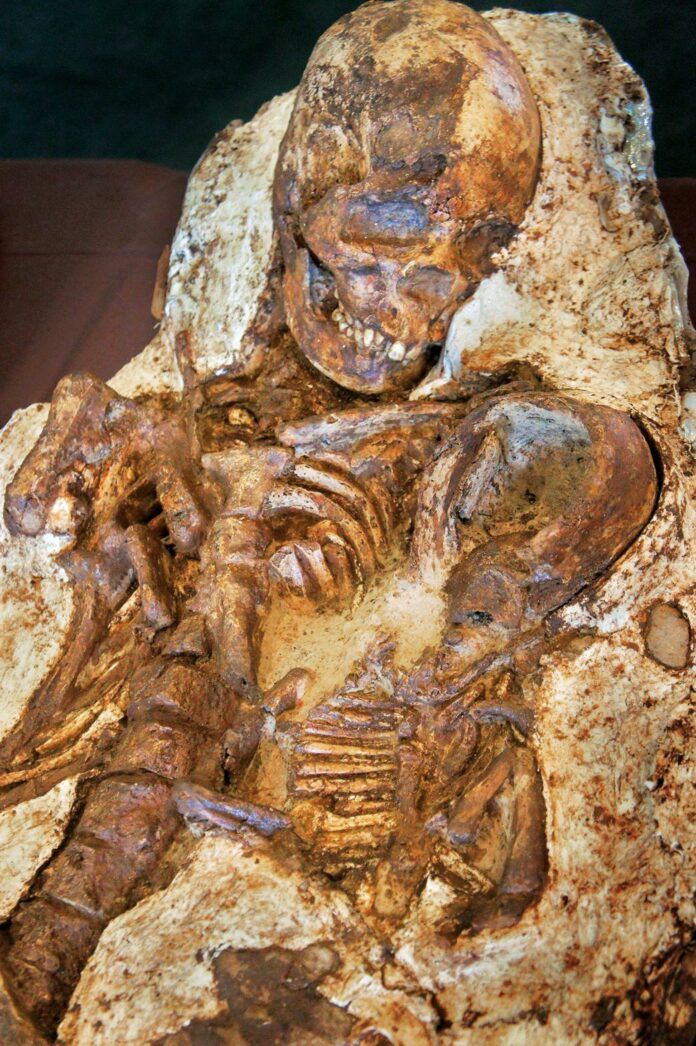Around 4,800 years ago, along the coast of Taiwan, a young mother and her infant child were laid to rest in a loving embrace. This profound discovery, unearthed during a scientific excavation, offers a rare glimpse into the lives and deaths of one of the earliest farming cultures to inhabit the island.
The Stone Age Embrace
When the mother’s grave was carefully opened, archaeologists were struck by the sight of the woman cradling her six-month-old baby in her arms. Interred near a stone dwelling, the pair seemed to have been sent into the hereafter in a tender and enduring embrace. The cause of their deaths remains a mystery, but the joint burial is an exceptional find among Taiwan’s Stone Age societies.

Uncovering the Dabenkeng Culture
The burial site, known as An-ho, was part of a Neolithic settlement that had been in use for over 800 years. Located along the central western coast of Taiwan, the site was once situated closer to the shoreline, as evidenced by the more than 200 shark teeth found among the dwellings, ash pits, and graves.
The An-ho site is believed to be the earliest example of the Dabenkeng culture in this region of the island. This farming society, which emerged abruptly along the Taiwanese coast around 5,000 years ago, is thought to have arrived from the southern and southeastern coasts of China.

The Ancestral Roots of the Austronesian People
Archaeologists suspect the Dabenkeng people were the first farmers in Taiwan and may have been the ancestors of the Austronesian language-speaking populations that later spread across Oceania and Southeast Asia. The discovery of the mother and child’s embrace could provide valuable insights into the lives, beliefs, and migrations of this pivotal culture.
Burial Practices and Genetic Connections

The mother and child were unearthed among a larger burial ground, which included the remains of at least 48 individuals, including five young children. The bodies were interred in a north-south alignment, a departure from the more common facedown posture found in other Taichung burial sites.
The excavation team has extracted DNA samples from the remains, which will be analyzed to shed light on the relationship between the Dabenkeng people, Taiwan’s aboriginal populations, and cultures across the Pacific region.
Conclusion: A Timeless Embrace
The discovery of the 4,800-year-old mother and child in their final resting place serves as a poignant reminder of the universal human experience of love and loss, transcending the boundaries of time and culture. This unique and emotional find offers a rare opportunity to connect with the lives and deaths of one of Taiwan’s earliest farming societies, shedding light on their beliefs, practices, and ancestral ties to the broader Austronesian world.
